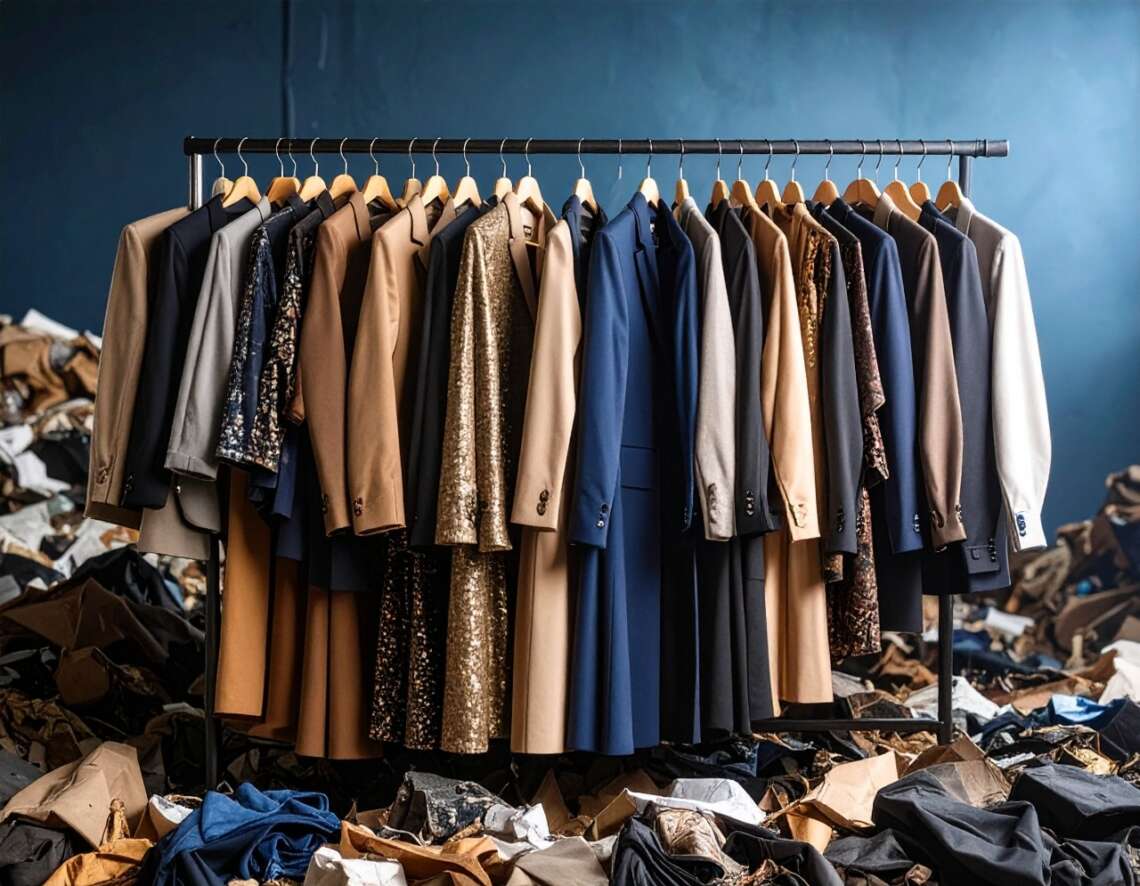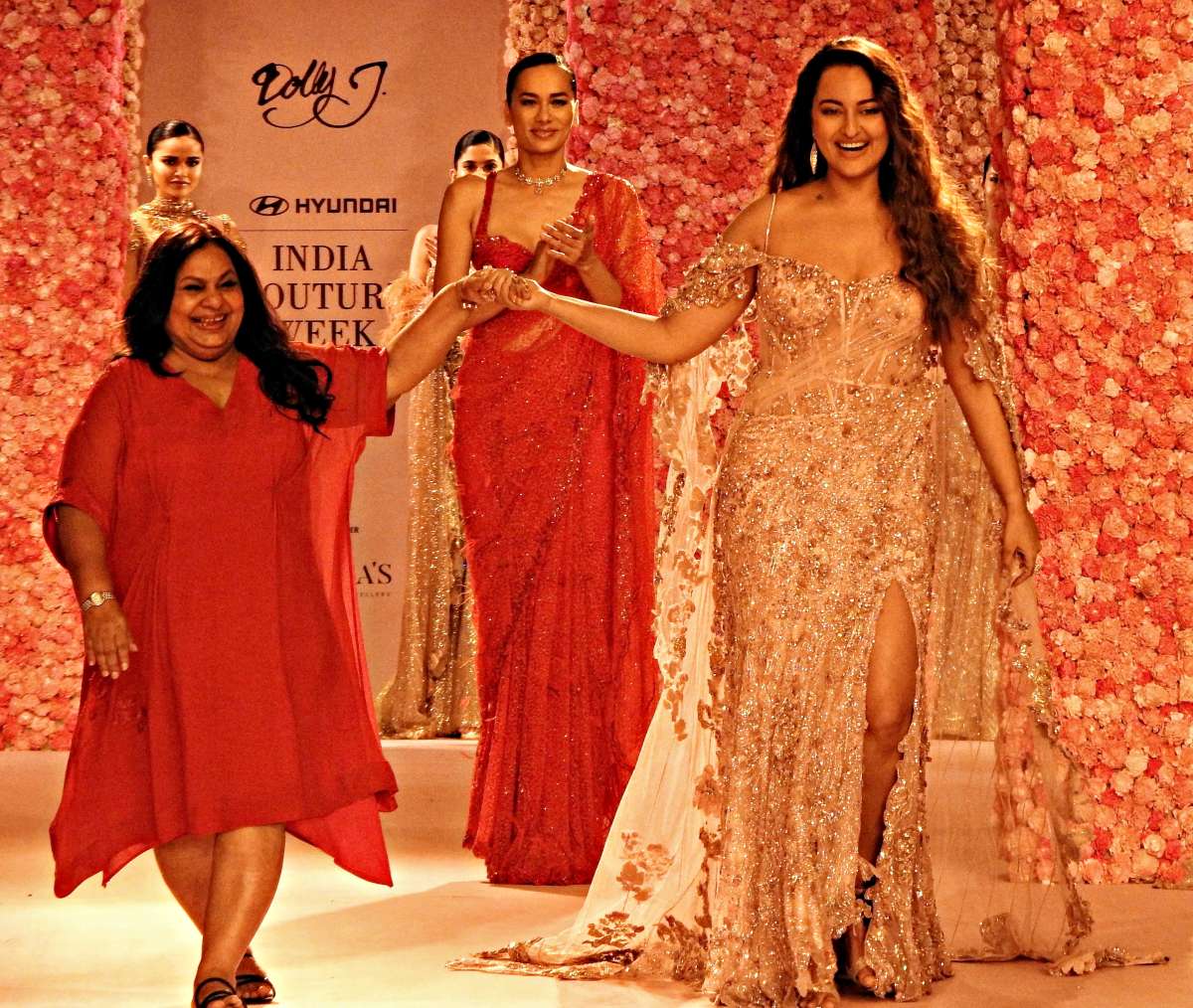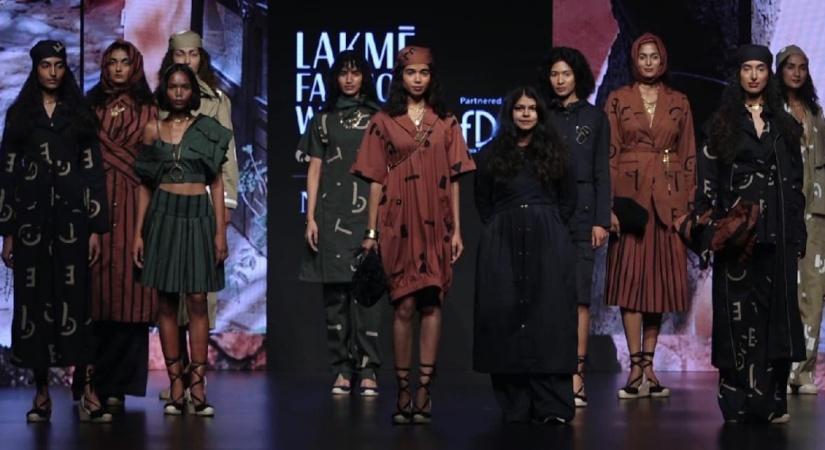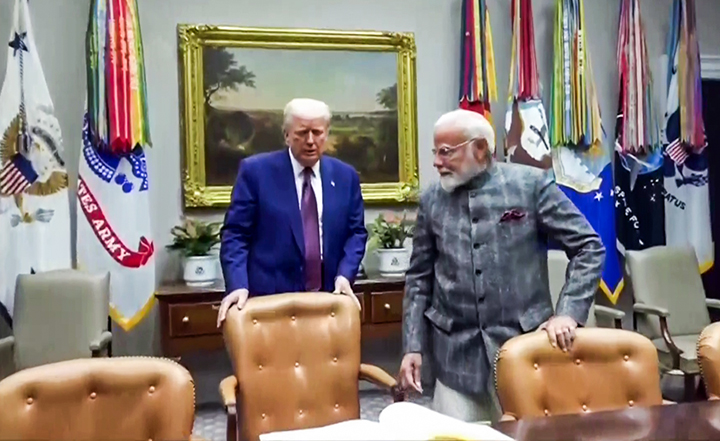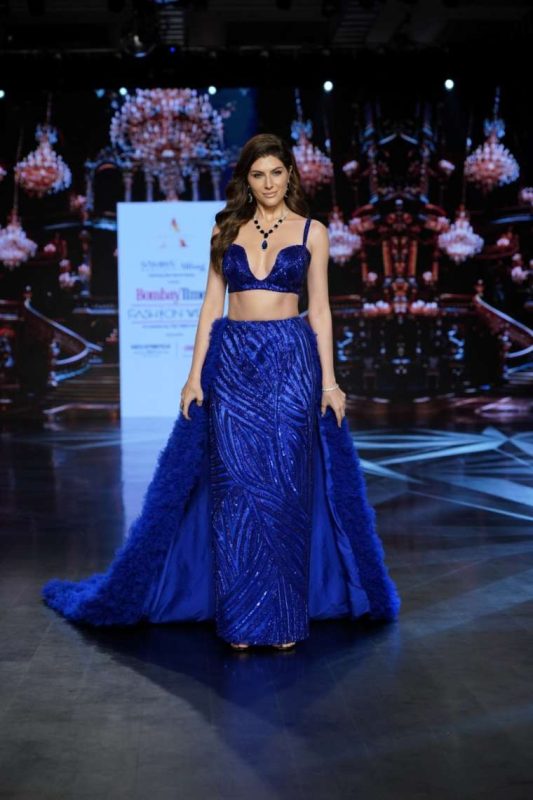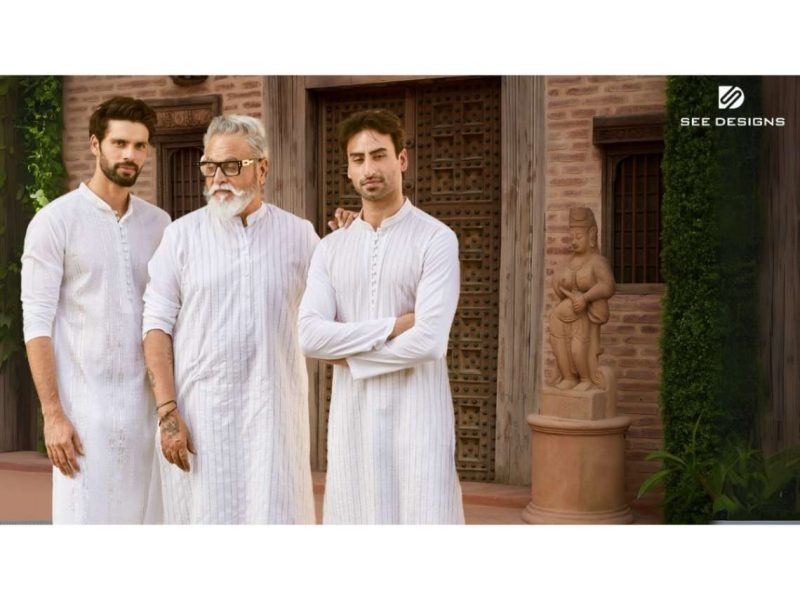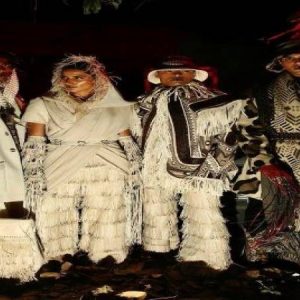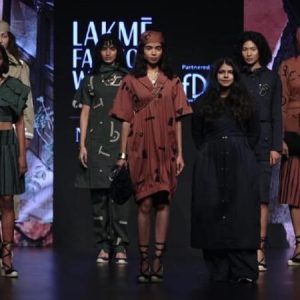National Award-winning designer Gaurang Shah echoed these sentiments, asserting that sustainability and couture are not mutually exclusive — in fact, they go hand in hand
The fashion industry ranks among the most polluting in the world. As climate concerns grow globally, gestures toward sustainability can no longer remain symbolic. For the Fashion Design Council of India (FDCI), Indian fashion’s most influential platform, sustainability is still restricted to a single day within an otherwise lavish and high-glamour week of couture showcases.
While a dedicated “sustainability” day at fashion week might sound like a step forward, for many industry insiders, it feels more like a tokenistic gesture than a sincere commitment.
“I think sustainable fashion totally deserves its own proper fashion week. One day just isn’t enough to talk about everything that goes into it — from ethical sourcing and fair wages to eco-friendly materials,” said Deepthi Potheni, founder of sustainable label Deep Thee.
She noted that emerging brands focused on eco-conscious practices often get sidelined by larger, legacy names. “They need their own space to shine. A full week with real backing, funding, and mindset shift could make a huge difference. Right now, giving it just one day during fashion week feels more like ticking a box than actual change,” she added.
Potheni also argued that spotlighting sustainable fashion more prominently could encourage big brands to step up and offer more environmentally responsible collections. “A full week could transform how we think about fashion and help make doing better the new normal,” she said.
National Award-winning designer Gaurang Shah echoed these sentiments, asserting that sustainability and couture are not mutually exclusive — in fact, they go hand in hand.
“Couture is about excellence, intention, and craftsmanship. A Jamdani saree takes weeks or even months to weave, done entirely by hand without shortcuts. That, to me, is the purest form of couture — born in the hands of our weavers, not in industrial factories,” Shah said.
For Shah, sustainable fashion isn’t a new trend. “It’s something we’ve lived with for generations. Working with Jamdani isn’t just designing; it’s preserving a way of life that honours the earth, the artisan, and the process. It’s slow, dignified, and deeply rooted.”
The celebrated designer believes sustainable fashion must go beyond aesthetics. “It has to be pure, even if modernised. When we protect our handwoven textiles, we’re safeguarding stories, identities, and livelihoods,” Shah added.
India is one of the world’s largest textile producers, yet it hosts fewer than five major sustainable fashion events each year — including just a single-day feature within FDCI’s marquee fashion week.
Shah feels this limited spotlight does little justice to the depth and diversity of India’s sustainable practices. “Our crafts, especially handlooms, represent true sustainability — natural materials, indigenous knowledge, human hands. They don’t follow commercial seasons; they follow time and tradition.”
He believes commercial pressures are what prevent a full-fledged sustainable fashion week. “Handcrafted work takes time, and in an industry obsessed with speed, slow fashion is often overshadowed. But if we shift our lens to value process over pace, we will see how rich our traditions truly are.”
Echoing that thought, Mamta Reddy of Kalamcreations believes sustainable fashion is not a moment — it’s a commitment. “For us, Kalamkari takes time. It’s hand-painted, not traced or printed. Every design is one-of-a-kind. That’s couture — it’s made with care, by hand, and can’t be mass-produced.”
According to the Fourth All India Handloom Census, over 36 lakh weavers and allied workers are engaged in the handloom sector. Giving sustainable fashion a proper couture platform not only elevates craftsmanship but also strengthens livelihoods across rural India.
“Sustainable fashion deserves the couture tag because of its exceptional detail, innovation, and deliberate design. Just like haute couture, it’s about quality over quantity,” Reddy said.
It’s clear that sustainability in Indian fashion can no longer remain on the sidelines. As the climate crisis intensifies, the industry must not treat it as an accessory to glamour — but as its very fabric.
The time for a sustainable rethink in couture has arrived — not as a trend, but as a transformation.


